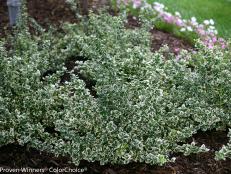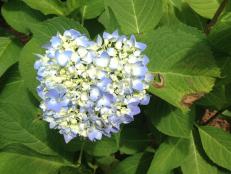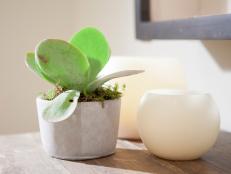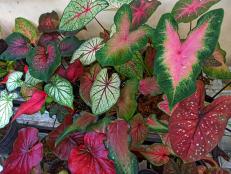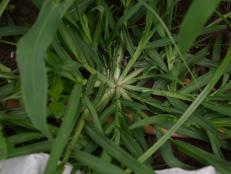How to Treat Rust on Plants
Ugly—but seldom deadly—rust can be tough to eliminate. Follow these steps to treat plant rust and keep it from spreading in your garden.

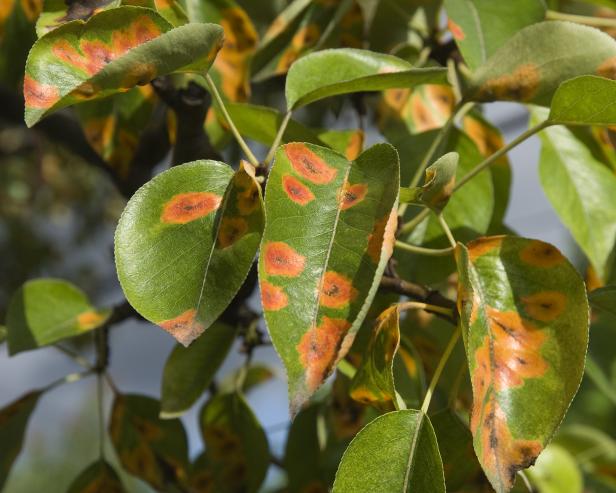
Shutterstock/Margrit Hirsch
It’s easy to spot rust on a trowel or garden hoe. It’s that reddish-orange, flaky stuff that forms on iron and steel when they react with oxygen and moisture.
Rust is also a disease that can harm your plants. But it isn’t just one disease; it’s actually a group of fungal diseases that attack many different kinds of plants, including—but not limited to—roses, daylilies, carnations, snapdragons, mums, tomatoes, beans, pines, spruce trees and cypress. It can even attack your grass.
The first signs of rust are tiny specks or spots on leaves that range in color from orange to rusty-brown, brownish-yellow, purple and red. Left untreated, the spots get bigger and turn into bumpy-looking pustules. Eventually, the pustules break open and release spores that are spread by wind or splashing water. As they land on other plants, the spores infect them, too.
Rust isn’t usually fatal, but it can cause your plants to decline. You may see stunted growth, dead branches and yellowing leaves that drop prematurely. Lawns take on a reddish tinge, and you may stir up orange dust when you mow or walk around.
Hot, humid weather is prime time for rust to attack, and it can be tough to eliminate.
But as always, it’s easier to prevent a problem than fix one. Try these steps to discourage it from taking hold in your garden:
- Rust loves damp conditions, so avoid overwatering your plants. Use a soaker hose or drip irrigation to keep water off the foliage. (As a bonus, they’ll deliver water more efficiently than sprinklers or spray nozzles, saving money on your utility bills.)
- If you water overhead, do so early in the day, so foliage has time to dry before nighttime.
- Look for rust-resistant cultivars of the plants you want to grow. However, be aware that some of the fungal pathogens that cause rust can mutate, so some cultivars may be affected anyway.
- Make sure that any new plants you buy or bring home are disease-free. If in doubt, isolate them from the rest of your garden for about three weeks to be sure they’re healthy.
- When you plant, space the plants as recommended. Good air circulation can help prevent many diseases.
If rust appears anyway, try tackling the disease in one or more of these ways:
- Pick or prune away any affected leaves as soon as you see them. Of course, do this only if there are a small number of sickly leaves. You don’t want to remove too much foliage or you could harm the plant.
- When you’re through pruning, disinfect your tools. Use a mild bleach solution, and rinse and dry them thoroughly before putting them away.
- Rake up and remove fallen or dead leaves and other plant debris. Some gardeners compost vegetation that show signs of rust, expecting the compost pile to heat up enough to kill the spores. To be on the safe side, burn the infected plant parts, if burning is allowed in your area, or bag them up and put them in the trash. Some rust spores can overwinter.
- If these good gardening practices aren’t enough to control the rust in your garden, try a product that contains a sulfur or copper fungicide, or use sulfur dust or Neem oil. Always make sure whatever you use is safe for edibles, if that’s what you are treating. Be cautious: Some products can do more harm than good in hot weather. Before you apply a product, read the label and follow the manufacturer’s directions carefully.






